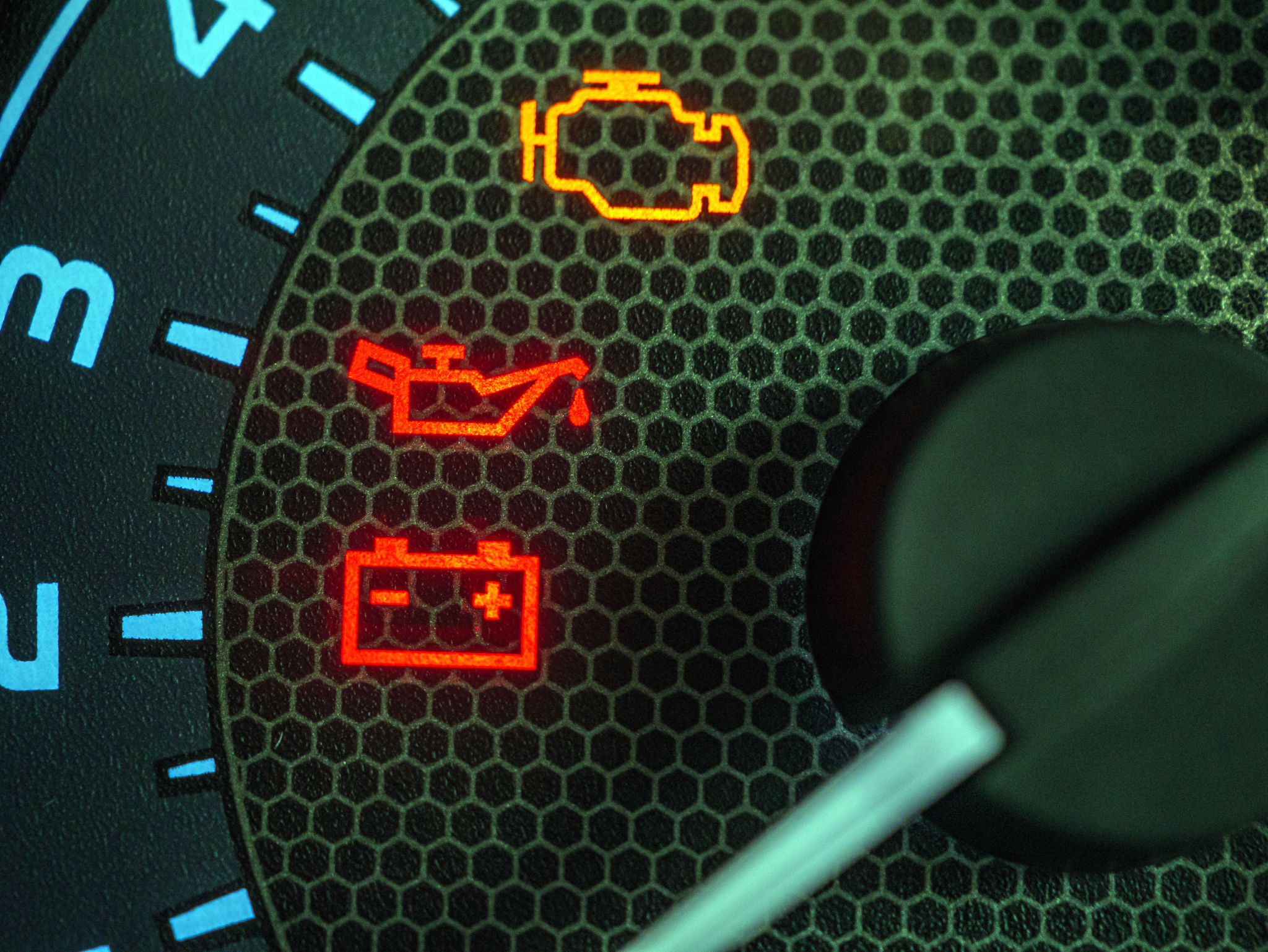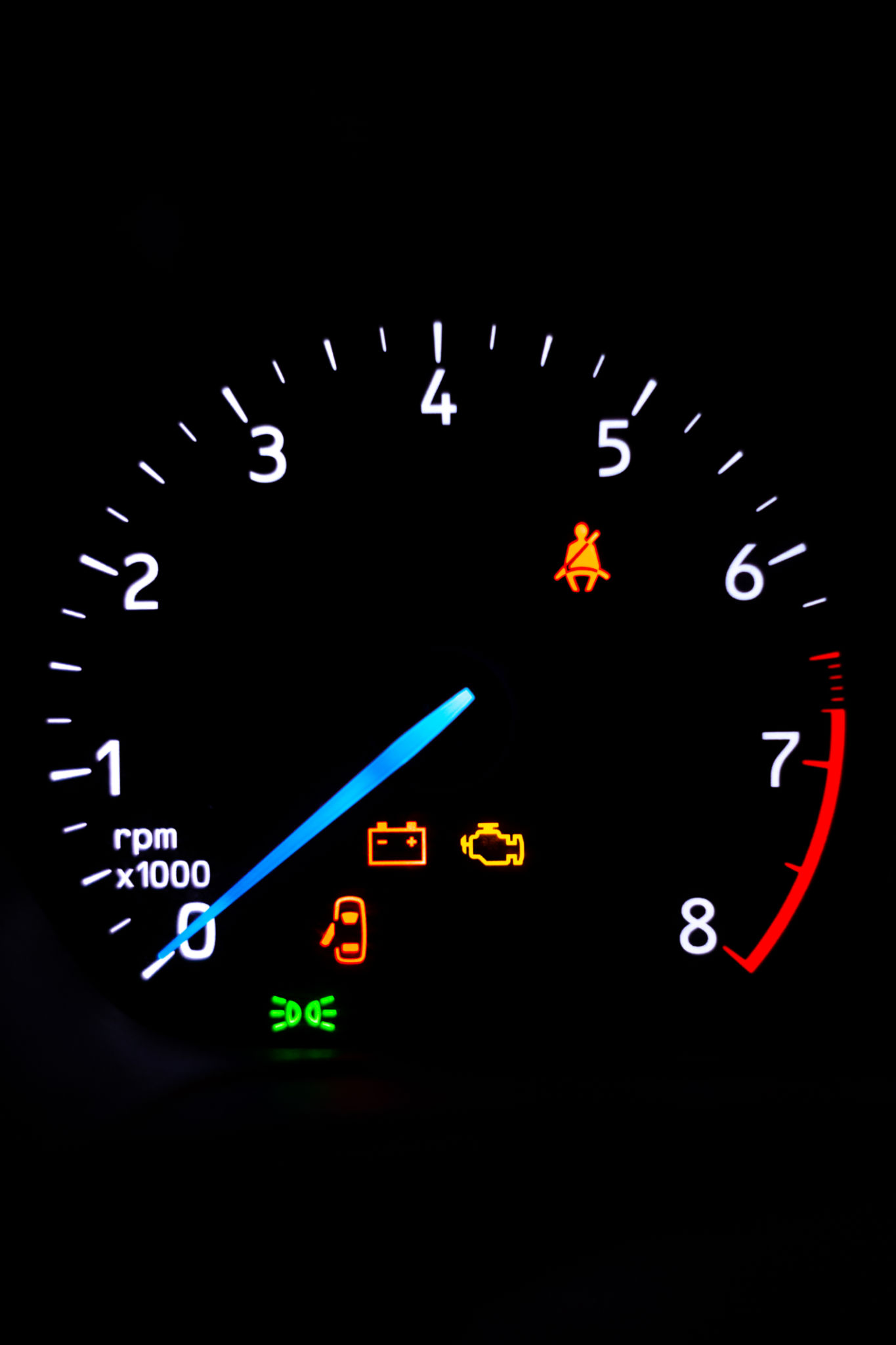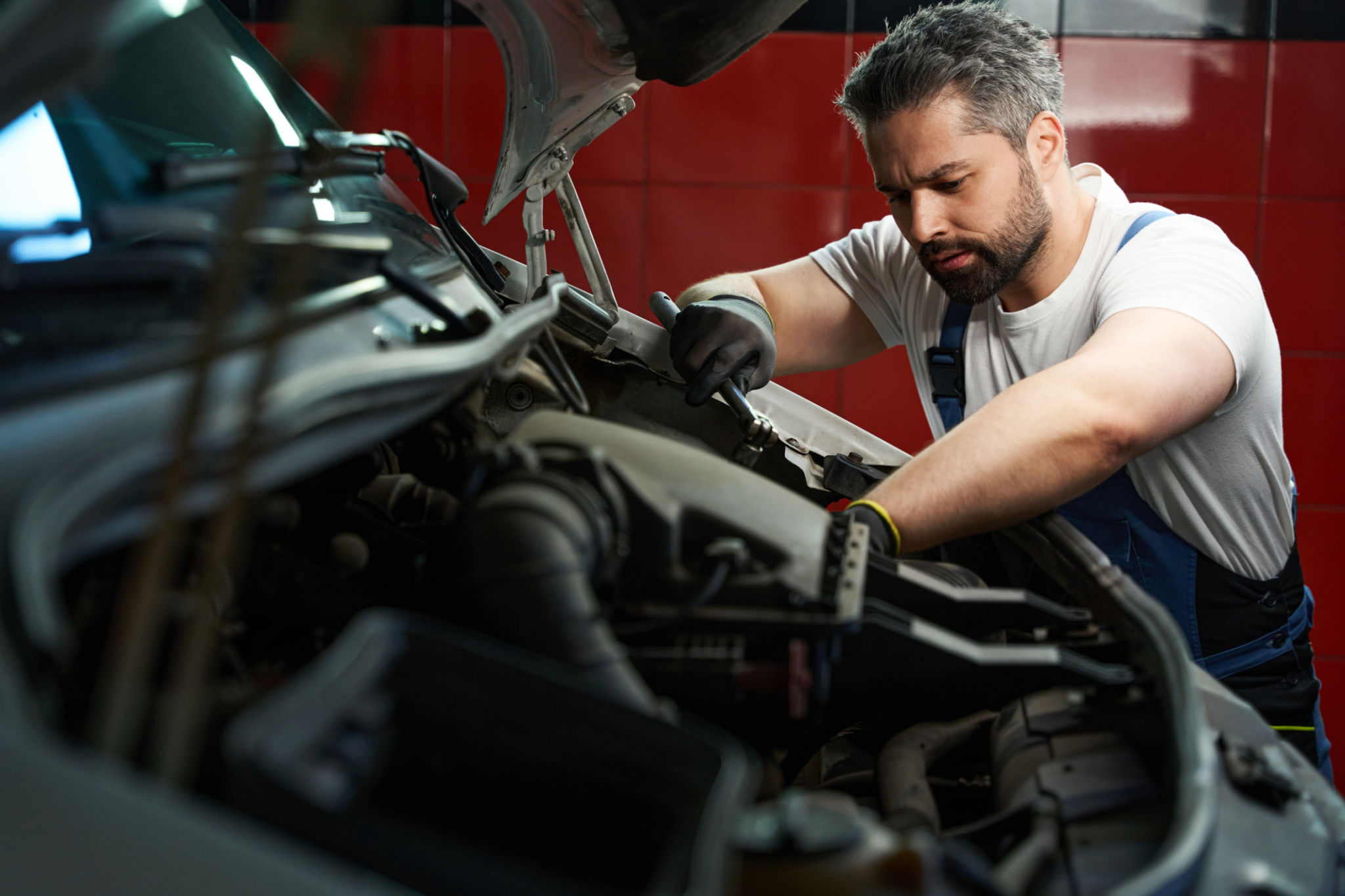Understanding Your Car's Dashboard: A Guide to Vehicle Warning Lights in Bristol
Introduction to Vehicle Warning Lights
Driving around Bristol, whether you're navigating the bustling city center or the scenic countryside, your car's dashboard is your constant companion. One of the most crucial aspects of a vehicle's dashboard is the array of warning lights that communicate vital information about your car's health and performance. Understanding these lights can help you maintain your vehicle efficiently and ensure your safety on the road.

The Importance of Vehicle Warning Lights
Vehicle warning lights are designed to alert you to various issues or conditions in your car. These lights can range from benign reminders, like a low fuel warning, to critical alerts that require immediate attention, such as engine overheating. Knowing what each light means can save you time, money, and potentially prevent more severe damage to your vehicle.
Common Dashboard Warning Lights
There are several common dashboard warning lights that every driver in Bristol should be familiar with. Here's a quick overview:
- Check Engine Light: This light can indicate a range of issues from minor problems like a loose gas cap to significant engine issues.
- Oil Pressure Warning: If this light appears, it could mean that your car's oil level is low or there's a problem with the oil pressure system.
- Brake System Alert: This could signify an issue with your car's braking system, such as low brake fluid.

Understanding Color Codes
The color of the warning light often indicates the severity of the issue. Generally, red lights mean stop immediately and address the issue, while yellow or orange lights suggest caution and recommend checking the problem soon. Green or blue lights usually serve as indicators that something is active, like high beams or cruise control.
How to Respond to Warning Lights
If you see a warning light illuminated on your dashboard, it's essential to respond appropriately:
- Don't Panic: Assess the situation calmly. If it's a red light, find a safe place to pull over and address the issue.
- Refer to Your Manual: Your vehicle's manual will have detailed explanations of each light and recommended actions.
- Seek Professional Help: If you're unsure of the problem or how to fix it, contact a professional mechanic.

Regular Maintenance Checks
One of the best ways to prevent unexpected warning lights is through regular maintenance checks. Regular servicing by a qualified mechanic can help identify potential problems before they become serious issues. Keeping track of your vehicle's maintenance schedule is crucial for ensuring its longevity and reliability.
Conclusion: Stay Informed and Safe
Understanding your car's dashboard warning lights is an essential skill for any driver in Bristol. By familiarizing yourself with these indicators, you can ensure that your vehicle remains in top condition and that you stay safe on the road. Always remember, when in doubt, seek professional advice to keep your car running smoothly and safely.
